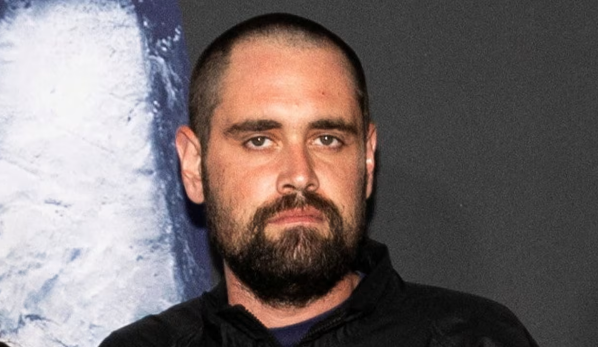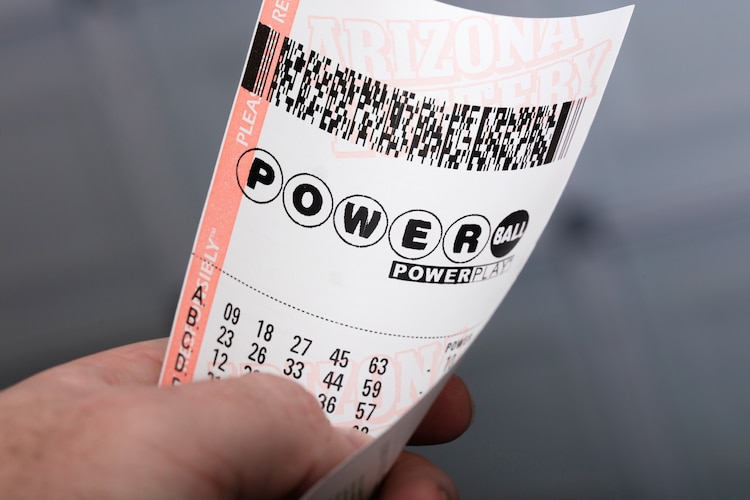
This article is more than
7 year oldHow the Vanderbilts, Hartfords, Pultizers and Goulds frittered away wealth

AS THE old saying goes, wealth is made — and lost — in just three generations.
And that theory certainly holds true if these very famous examples are anything to go by.
Here’s the incredible, true story of four prominent American families who amassed staggering, billion-dollar fortunes — and then blew it all.
• Genius way to dodge parking fine
• New video sparks crazy Melania theory
• Woman fired for ‘ridiculous’ reason
The Vanderbilts
Once upon a time, the Vanderbilts were the richest family in the US.
The family’s fortune was built by Cornelius Vanderbilt, who founded shipping and railroad empires in New York in the 1800s thanks to a $100 loan from his mother.
He was the richest man in America until his death in 1877 — but just a few generations later, the cash had been all but frittered away by his many descendants, who were notorious for their opulent lifestyles and love of luxury homes.
In fact, in 2014, sixth-generation Vanderbilt descendant and renowned CNN anchor Anderson Cooper said in an interview that his mother, famous former socialite Gloria Vanderbilt, had “made clear to me that there’s no trust fund.”

The Hartfords
In 1878, George Huntington Hartford took control of The Great Atlantic & Pacific Tea Company — better known as A & P — and it soon became America’s first grocery chain.
His son John Augustine Hartford served as company president from 1916 until his death in 1951.
Before that, he had lead A & P’s expansion to become the largest grocery chain by 1915, and the family enjoyed vast riches as a result.
But everything changed when George Huntington Hartford II inherited the family fortune.
In 1969, the Chicago Tribune estimated his worth at half a billion US dollars — but over the years, he lost it all through failed investments and an extravagant lifestyle, eventually going bankrupt.

The Pulitzers
The family’s publishing dynasty was founded by Joseph Pulitzer in 1878, and the famous Pulitzer Prize is named after him.
While the family’s combined wealth is believed to be around $US1.6 billion today, Joseph Pulitzer’s grandson Peter Pulitzer famously lost huge amounts of the family’s money.
His finances were in such bad shape that in the ‘80s, his ex-wife Roxanne and her new husband had to bail him out when his citrus grove almost foreclosed.
When he divorced Roxanne in 1982, divorce filings revealed Mr Pulitzer was estimated to be worth $US25 million — although his sons have struggled with debt ever since.

The Goulds
Jason “Jay” Gould made his money in railroads in the 19th century, and was one of the richest Americans to have ever lived.
But when his son George inherited his billions, most ended up going to creditors.
When he died in 1923, his estate was worth just $US5,175,590 (not adjusted to inflation) which was divided between his seven legitimate and three illegitimate children — a far cry from the family’s original incredible wealth.





